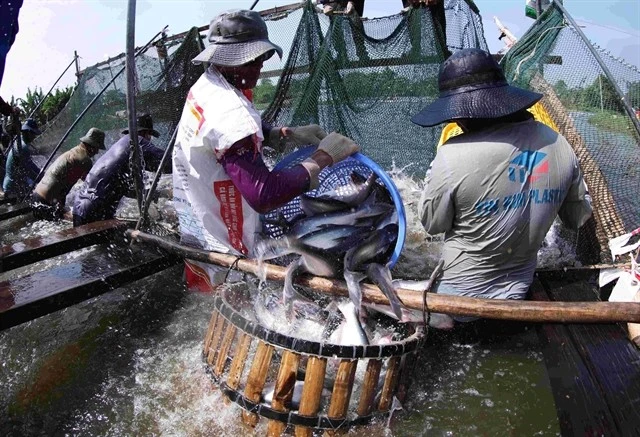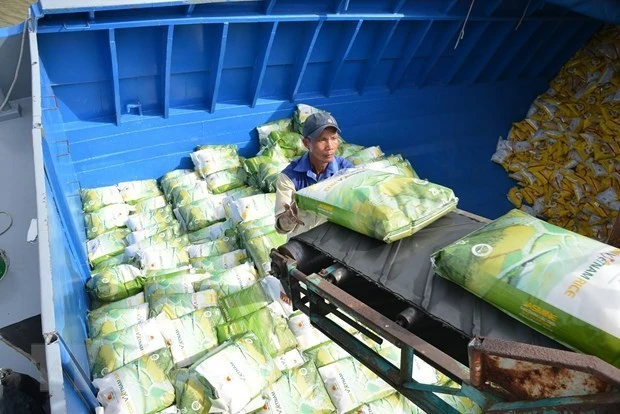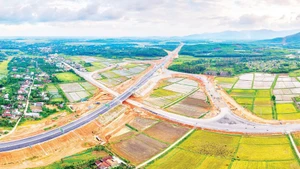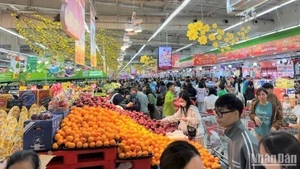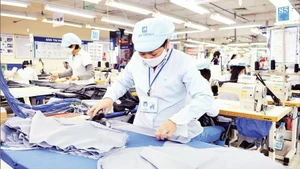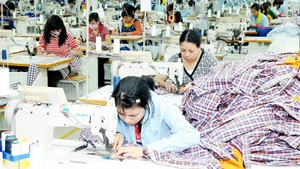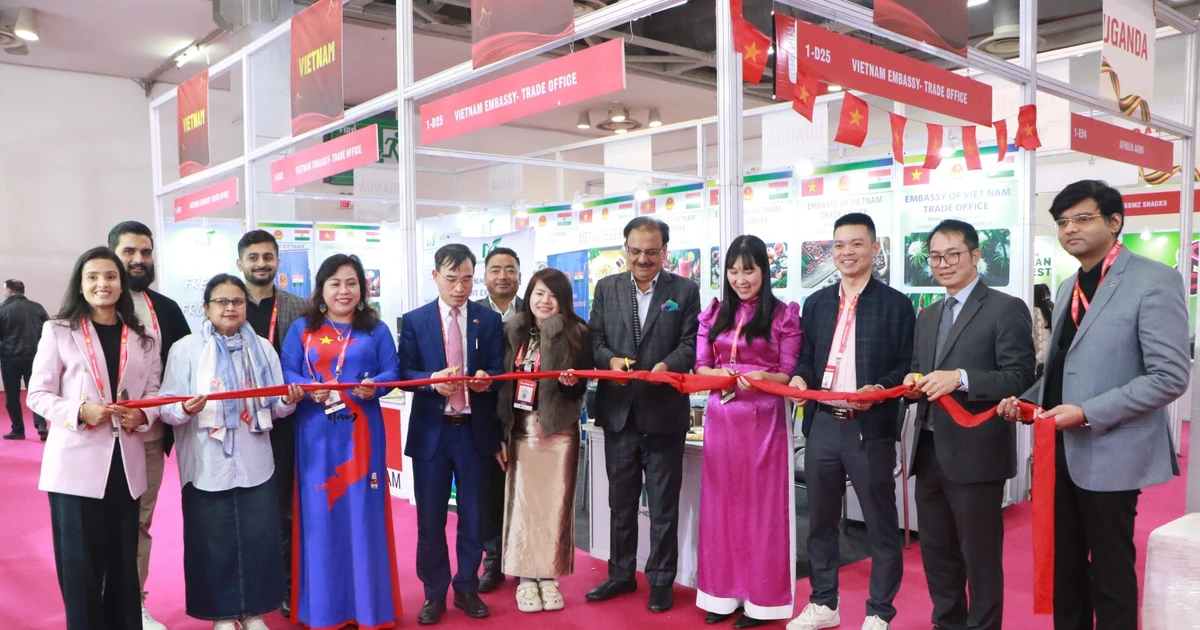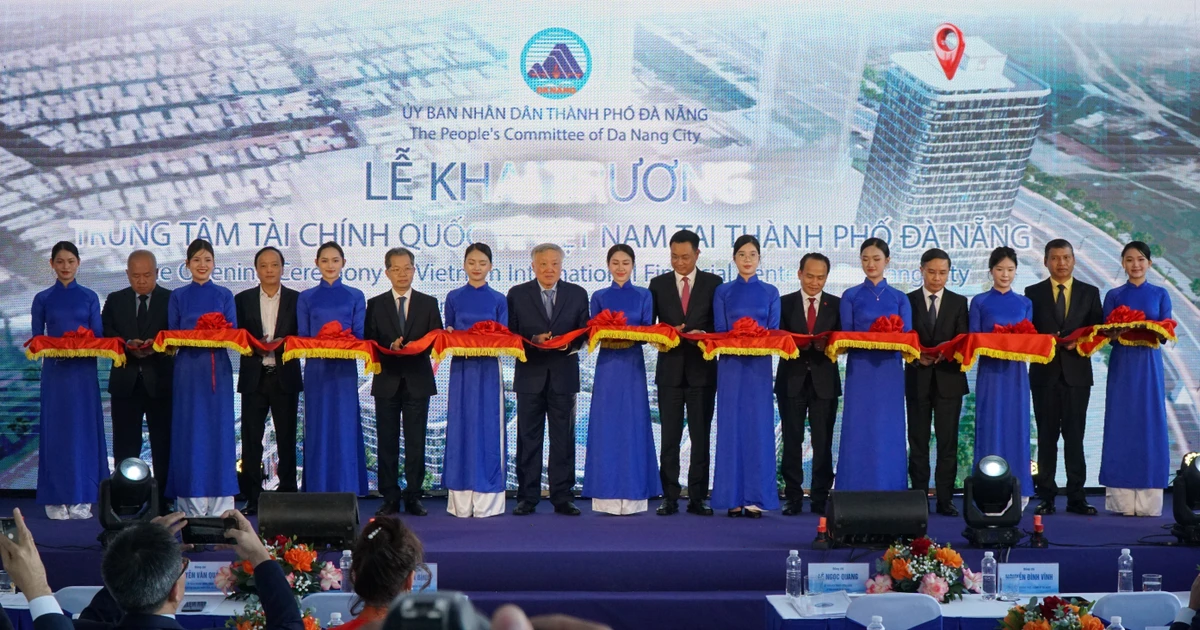In Tan Hung Commune, a major longan-growing area in Hung Yen, the craft longan processing has been sustained by hundreds of households for generations.
The buzz of work is felt throughout the villages, as adults and children alike take part in every stage, peeling, drying and packaging.
On average, each household can process between one and five tonnes of fresh longans per day, creating jobs for thousands of seasonal workers.
Do Ky Nam of Tan Hung Commune owns four hectares of VietGAP-certified longans and runs a drying facility with a capacity of five tonnes of fresh longans per day.
He shared: “This year we have had a good harvest, so large volumes of longans from different areas are being sold to the processing facilities. Prices have dropped slightly, but this is good for longan processing.”
This season, Nam’s facility is expected to process more than 160 tonnes of fresh fruit, producing 18 tonnes of dried longans for both domestic sale and export to China.
In Hiep Cuong Commune, Dang Van Ung grows 7 hectares of longans and operates two electric drying kilns, processing between 1 to 1.2 tonnes of fresh longans daily.
Ung shared: “My family grows only premium longan varieties under VietGAP standards, ensuring the fruit is both delicious and safe. We sell part of the harvest fresh and process the rest into dried longans, so our products consistently fetch good prices. I also buy longans from other farmers in the commune for processing, creating jobs for over 50 seasonal workers who earn between 200,000 and 300,000 VND a day.”
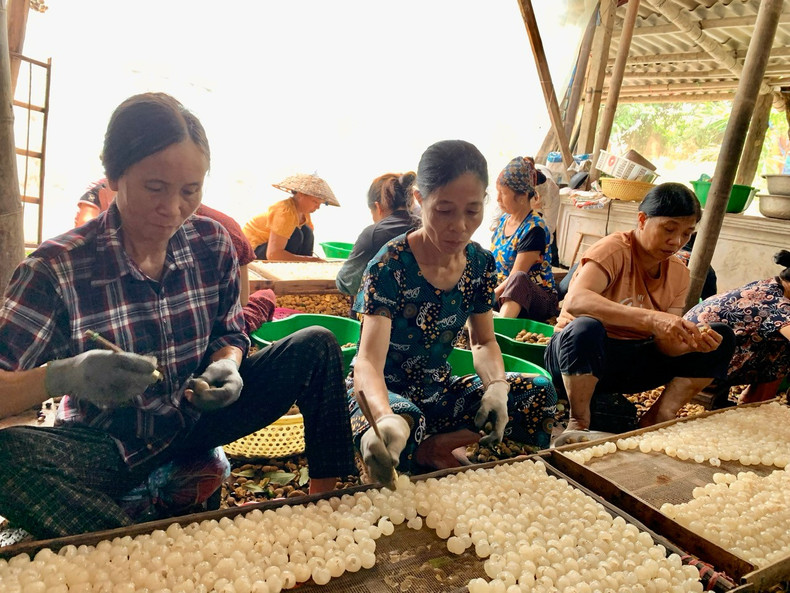
Hung Yen Province currently has approximately 5,800 hectares of longan, with over 4,500 hectares in production. Output in 2025 is forecast at 50,000 tonnes, up 20-25% compared to the previous year.
This year is a bumper crop with high yield and quality. However, the challenge of selling the increased volume has become urgent amid fluctuating domestic and export markets.
In this context, deep processing, particularly the longan processing craft, continues to underscore its important role in easing pressure on fresh fruit sales, raising product value, and creating stable sale channels for growers.
Dried longans are not merely a way to rescue the fresh harvest, but also a high-value product that is easy to store and transport, serving long-term demand and export needs.
Consequently, the craft has now expanded beyond traditional villages, drawing enterprise investment that helps farmers sell their fresh fruit more easily.
Vinagri Viet Nam Limited Company in Me So Commune has taken a new approach, investing in modern longan processing procedures that meet export standards, adding more value to the longan crop.
Tran Minh Duc, Director of Vinagri Viet Nam Limited Company, said: “The company has invested over 3 billion VND to build two production facilities in Me So and Tien Hoa Communes, purchasing about 100 tonnes of longans each season, all of which are the Huong Chi variety grown to VietGAP standards.”
The longans are peeled in sealed, air-conditioned rooms with strict sterilisation procedures to produce dried longans and lotus-wrapped dried longans that have earned 4-star OCOP certification.
The dried longan products sell for 300,000-400,000 VND per kilogram, considerably higher than the average market price thanks to rigorous production procedures, consistent quality and superior flavour.
Duc added: “We pay above-market rates to attract skilled workers, with the company employing an average of 40 people during the peak season. Our goal is to continue investing in advanced drying technology to elevate our products for export.”
Currently, Hung Yen has approximately 400 households engaged in dried longan production and processing, concentrated in the communes of Tan Hung, Khoai Chau, An Thi, Tien Hoa and Hiep Cuong.
Dried longans are not just another product, but rather the crystallisation of meticulous care, skill, and experience passed down through generations.
According to long-time practitioners, to produce a batch of fragrant, delicious dried longans, craftsmen must carefully select top-quality fruit: thick-fleshed, sweet, aromatic and free from pests and disease.
After harvesting, longans are sorted to remove damaged fruit, then peeled to extract the flesh before being placed in drying kilns.
Each drying batch takes about 24 hours, with temperatures carefully controlled so that the dried longan flesh achieves a distinctive golden-brown colour, wrinkled surface, chewy texture and sweet aroma. On average, nine to ten kilogrammes of fresh longans yield one kilogramme of dried longans.
Hung Yen Province currently has over 20 dried longan and lotus-wrapped dried longan products from production facilities that have earned 3-star and 4-star OCOP ratings.
This represents a clear transformation in agricultural processing, from small-scale operations to professional production with branding and the capability to reach international markets.
During the sweet longan season, from orchards heavy with fruit to the glowing drying kilns, the longan processing craft in Hung Yen is demonstrating its enduring vitality, making a strong contribution to agricultural growth and building the brand of local specialities.
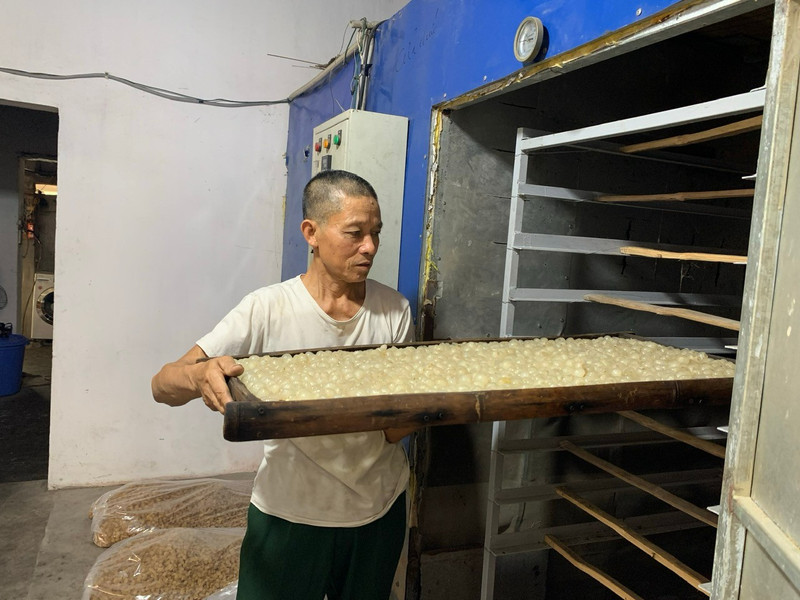
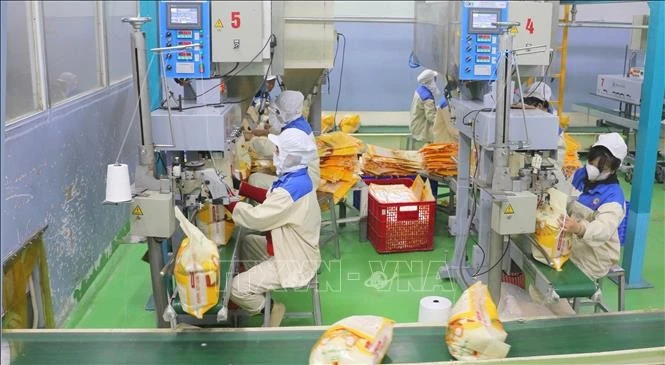

![[Video] Seven inspection teams formed to stabilise market during peak Tet period](https://en-cdn.nhandan.vn/images/9f233ae74386156ace55673ec5a8ea373e7bb5df2274800bfd51bda6ec86d9464d289201deda54c246314a974e2f0aef0bc69929884e4c53fd4eb6a1f98b468f6ae70becd9f49b834a8b9195e077c25b/anhminhhoavideo-110126-2.jpg.webp)

